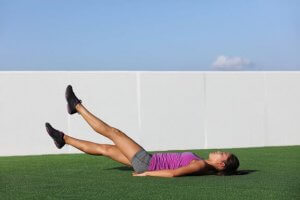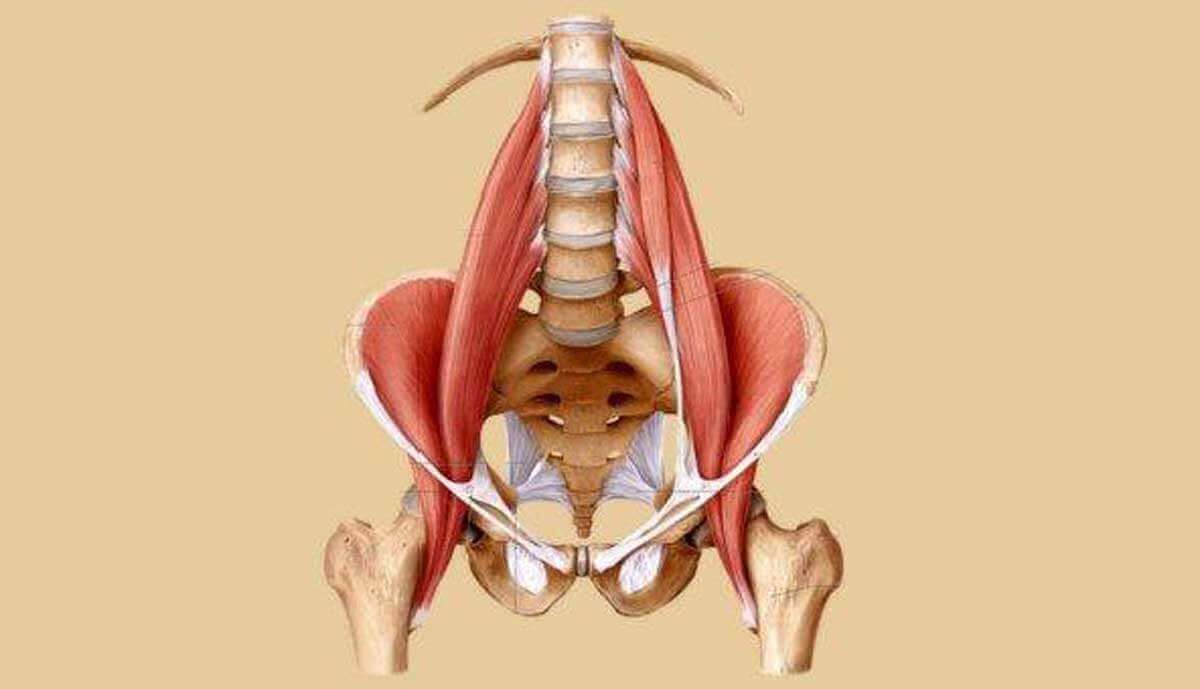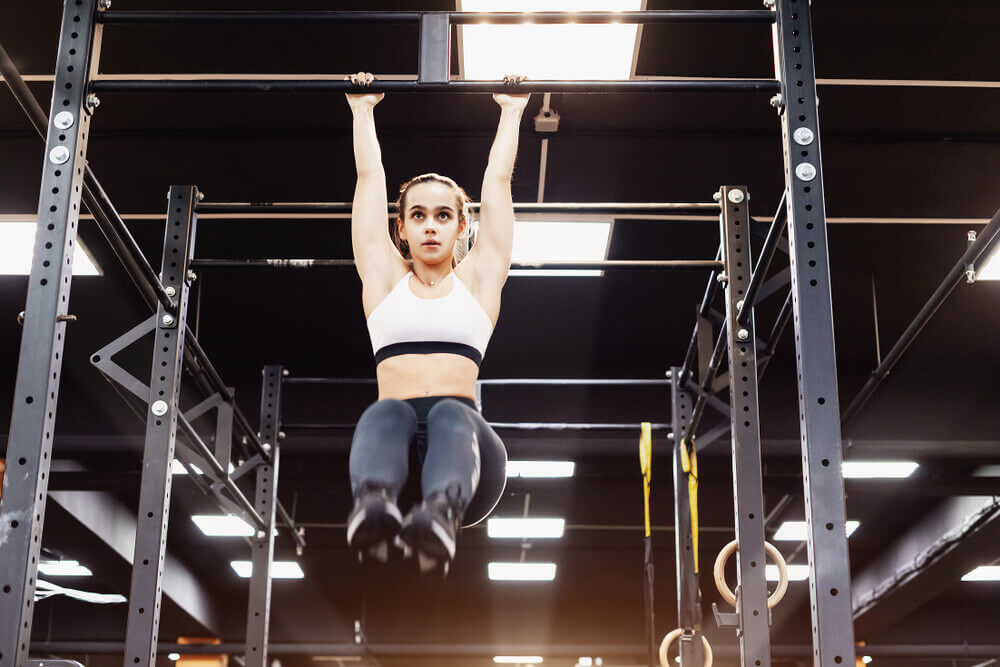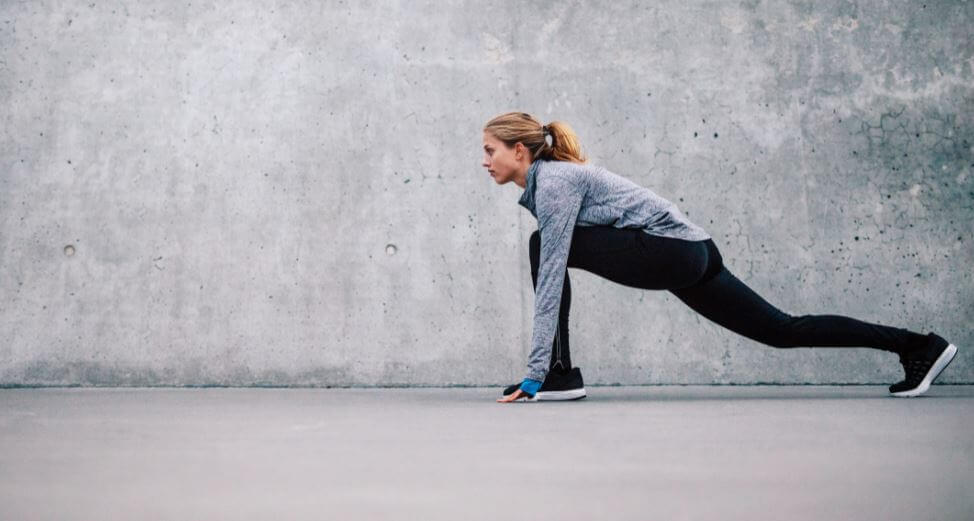Psoas Muscles: The Best Workouts for These Important Muscles

The psoas muscles lie in the deepest zone of the abdominal region and they might very well be the most important back stabilizers. Unfortunately, they’re not the easiest muscles to train and not everyone knows how to do it. In today’s post, we’re going to learn how to give them a good workout. Check these exercises out and try them today!
The psoas muscles meet the hip joints from the lower part of the spine. They’re extremely important for stabilizing the back and hip flexors.
Additionally, they’re the only muscle that connects the spine to the legs, which is incredibly important for all kinds of movement.
The psoas muscles keep us upright or walking while also allowing for lower back movements and rotation in the hip joints. They even play an important role in the nervous system while also being crucial for overall well-being.
These muscles play a main part in performing many kinds of exercises. Don’t forget that they’re the biggest and strongest muscles in the group of hip flexor muscles.
Hip flexor muscles are even more important in your everyday life, especially if you do activities such as sit-ups, cycling, and weight lifting exercises as well.

The best exercises to work out your psoas muscles
Check out our list of exercises to work out your psoas muscles. Add them to your exercise routine!
1. Leg lifts
Start strengthening this important muscle with leg lifts. Lay down on the floor and stretch out your legs upwards. Lift one leg up until it’s straight and in mid-air.
Bring it back down but don’t let it touch the floor before doing another repetition. After you’ve finished the set, change legs. You can also work both legs at the same time.
2. Bar leg lifts
Using both hands, hang from a bar that’s high enough to keep your feet from touching the ground when fully extended. Try to bend your hips and knees as quickly as you can without spinning or losing your balance. Try using ankle weights to increase the intensity.
In this exercise, the psoas muscles contract to pull the knees up towards the chest as well as to control the speed of the movement.

3. Stretching exercise
Our third exercise is great for stretching these muscles. It’s quite simple: you just need to place your foot on the edge of a chair or table and slightly bend your knee.
Then, lightly push your knee forward without moving your foot to the floor and keep your heel down.

4. Scissor kicks
Lay down on an exercise mat and stretch out your legs. Place your hands under your hips to protect your spine.
Keeping your legs straight and raised, alternate your legs and move them like scissors. Keep moving them out and in until you finish 15 repetitions.
5. Relaxing exercises for psoas muscles
We’re wrapping up our list with a relaxing exercise. It’s a pilates resting pose that helps relieve the fatigue and tension in the legs, back and pelvic muscles.
Start by lying down on your back and bend your knees, making sure you keep your feet apart. Stay in this position, keeping your body relaxed. Try holding it for 10 to 15 seconds.
We hope that these exercises help you train your psoas muscles. Don’t forget to add resistance over time to maximize your workout. Time to get started, what are you waiting for?
The psoas muscles lie in the deepest zone of the abdominal region and they might very well be the most important back stabilizers. Unfortunately, they’re not the easiest muscles to train and not everyone knows how to do it. In today’s post, we’re going to learn how to give them a good workout. Check these exercises out and try them today!
The psoas muscles meet the hip joints from the lower part of the spine. They’re extremely important for stabilizing the back and hip flexors.
Additionally, they’re the only muscle that connects the spine to the legs, which is incredibly important for all kinds of movement.
The psoas muscles keep us upright or walking while also allowing for lower back movements and rotation in the hip joints. They even play an important role in the nervous system while also being crucial for overall well-being.
These muscles play a main part in performing many kinds of exercises. Don’t forget that they’re the biggest and strongest muscles in the group of hip flexor muscles.
Hip flexor muscles are even more important in your everyday life, especially if you do activities such as sit-ups, cycling, and weight lifting exercises as well.

The best exercises to work out your psoas muscles
Check out our list of exercises to work out your psoas muscles. Add them to your exercise routine!
1. Leg lifts
Start strengthening this important muscle with leg lifts. Lay down on the floor and stretch out your legs upwards. Lift one leg up until it’s straight and in mid-air.
Bring it back down but don’t let it touch the floor before doing another repetition. After you’ve finished the set, change legs. You can also work both legs at the same time.
2. Bar leg lifts
Using both hands, hang from a bar that’s high enough to keep your feet from touching the ground when fully extended. Try to bend your hips and knees as quickly as you can without spinning or losing your balance. Try using ankle weights to increase the intensity.
In this exercise, the psoas muscles contract to pull the knees up towards the chest as well as to control the speed of the movement.

3. Stretching exercise
Our third exercise is great for stretching these muscles. It’s quite simple: you just need to place your foot on the edge of a chair or table and slightly bend your knee.
Then, lightly push your knee forward without moving your foot to the floor and keep your heel down.

4. Scissor kicks
Lay down on an exercise mat and stretch out your legs. Place your hands under your hips to protect your spine.
Keeping your legs straight and raised, alternate your legs and move them like scissors. Keep moving them out and in until you finish 15 repetitions.
5. Relaxing exercises for psoas muscles
We’re wrapping up our list with a relaxing exercise. It’s a pilates resting pose that helps relieve the fatigue and tension in the legs, back and pelvic muscles.
Start by lying down on your back and bend your knees, making sure you keep your feet apart. Stay in this position, keeping your body relaxed. Try holding it for 10 to 15 seconds.
We hope that these exercises help you train your psoas muscles. Don’t forget to add resistance over time to maximize your workout. Time to get started, what are you waiting for?
All cited sources were thoroughly reviewed by our team to ensure their quality, reliability, currency, and validity. The bibliography of this article was considered reliable and of academic or scientific accuracy.
- Hu, H., Meijer, O. G., Van Dieën, J. H., Hodges, P. W., Bruijn, S. M., Strijers, R. L., … Xia, C. (2011). Is the psoas a hip flexor in the active straight leg raise? European Spine Journal, 20(5), 759–765. https://doi.org/10.1007/s00586-010-1508-5
- Bogduk, N., Pearcy, M., & Hadfield, G. (1992). Anatomy and biomechanics of psoas major. Clinical Biomechanics, 7(2), 109–119. https://doi.org/10.1016/0268-0033(92)90024-X
This text is provided for informational purposes only and does not replace consultation with a professional. If in doubt, consult your specialist.








